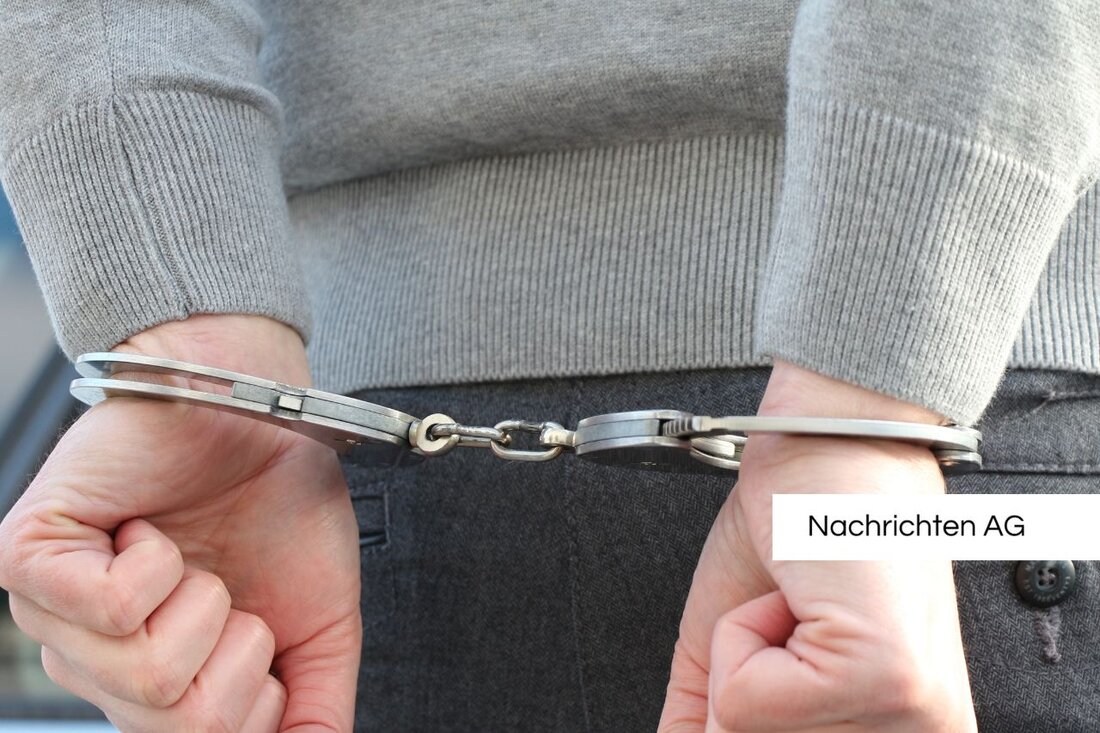Preserving memories: Stumbling blocks awaken history in Kreuzberg!
On September 24, 2025, stumbling blocks will be laid in Friedrichshain-Kreuzberg to commemorate Jewish Nazi victims.

Preserving memories: Stumbling blocks awaken history in Kreuzberg!
On September 24, 2025, the Cologne artist Gunter Demnig will lay seven new stumbling blocks in Friedrichshain-Kreuzberg. The transfer will take place at 10:35 a.m. at Mariannenstraße 29, 10999 Berlin. Stolpersteine are a significant art project that was launched in 1992 to commemorate the persecution and murder of people during National Socialism. They are square brass plaques that are embedded in the ground and installed in front of the last freely chosen homes of the Nazi victims. These special memorial stones represent one of the largest decentralized memorial forms in the world, with a total of over 100,000 stones in Germany and 29 other countries, as NDR reports.
District mayor Clara Herrmann will be present at the relocation and will emphasize the importance of the stumbling blocks in the fight against forgetting. Among the people to be honored are the members of the Brod family: David Chaim, Helena, Gertrud, Rosa and Alfred. David Chaim Brod, born in 1873 in Zolkiew (now Ukraine), was a shoemaker in Berlin. With his wife Helena, who moved to Berlin with him in 1898, he ran a successful shoe store at Mariannenstrasse 29. From 1933 onwards, the family suffered from the boycott of Jewish shops. Rosa emigrated to Central America in 1938, while David and Alfred Brod were arrested on October 28, 1938 as part of the “Poland Action” and deported to Poland. Helena was expelled in the summer of 1939 and her trace was lost in Lemberg in 1942. Gertrud was deported to Auschwitz on March 1, 1943 and murdered. The fates of these people illustrate the tragedy and destruction caused by the Nazi regime.
Additional commemoration
At 11:35 a.m. another row of stumbling blocks will be laid at Weichselstrasse 27, 10247 Berlin, in memory of Kurt and Ella Lewin. Kurt Lewin, born in 1885 in Labes (now Poland), was a businessman and married Ella Eisenstaedt in 1910. The couple was discriminated against from 1933 onwards and had to move into a forced apartment in 1941. Kurt Lewin was forced to do forced labor for the Deutsche Reichsbahn. Both Kurt and Ella were deported to Auschwitz on February 26, 1943 on the “30th Osttransport” and murdered. These sad biographies illustrate how deeply the discrimination and persecution of the Nazi regime affected the lives of innocent people.
The laying of the stumbling blocks in Berlin has been financed by the district office since 2017, based on a resolution by the district council. Stolpersteine are part of a larger cultural memory that has been expanded both in Germany and in 31 other countries. Critics of the project, such as Charlotte Knobloch, argue against the relocation and see it as disrespecting the victims of National Socialism. Nevertheless, the laying of stumbling blocks remains an important means of keeping the memory of the victims alive, a cause that the “Spuren – Gunter Demnig” foundation also supports. This foundation has taken responsibility for organizing the project since 2016.
The concept of Stolpersteine is not just a local initiative, but has received international attention, as documented for example in Wikipedia. The increasing number of memorial stones contributes to raising awareness about the horrors of the Holocaust and the diversity of the persecuted groups. Visitors and passers-by are invited to reflect on these memorial stones and to engage with the history of National Socialism.

 Suche
Suche
 Mein Konto
Mein Konto
